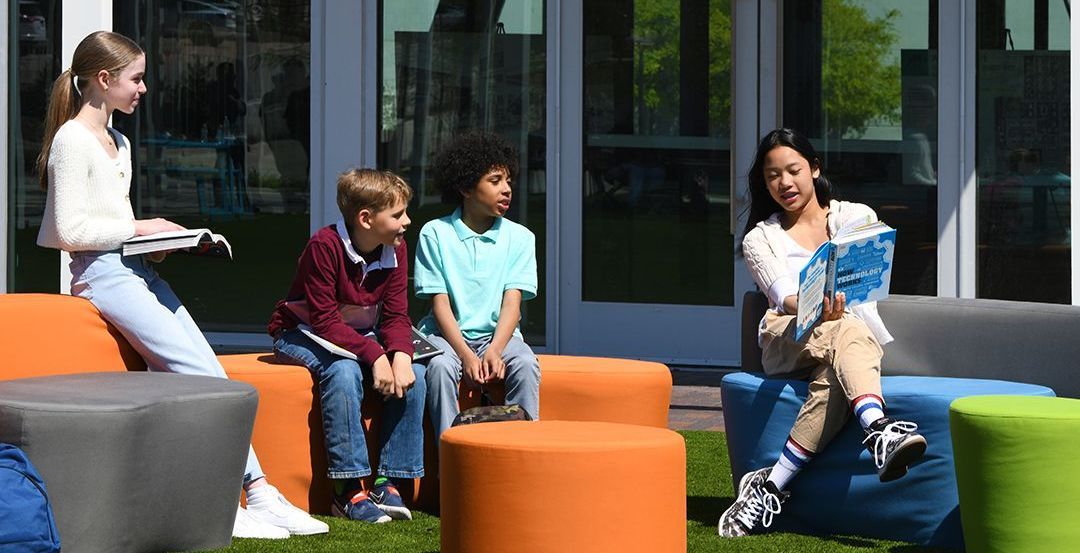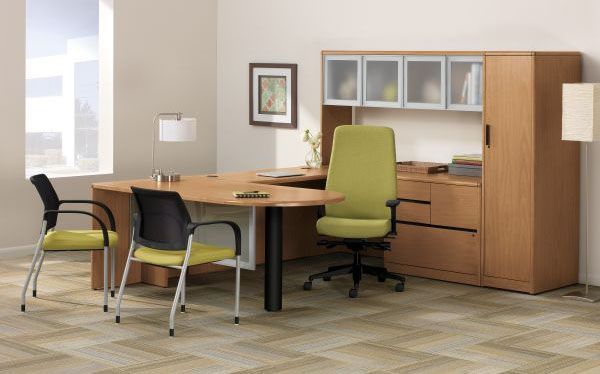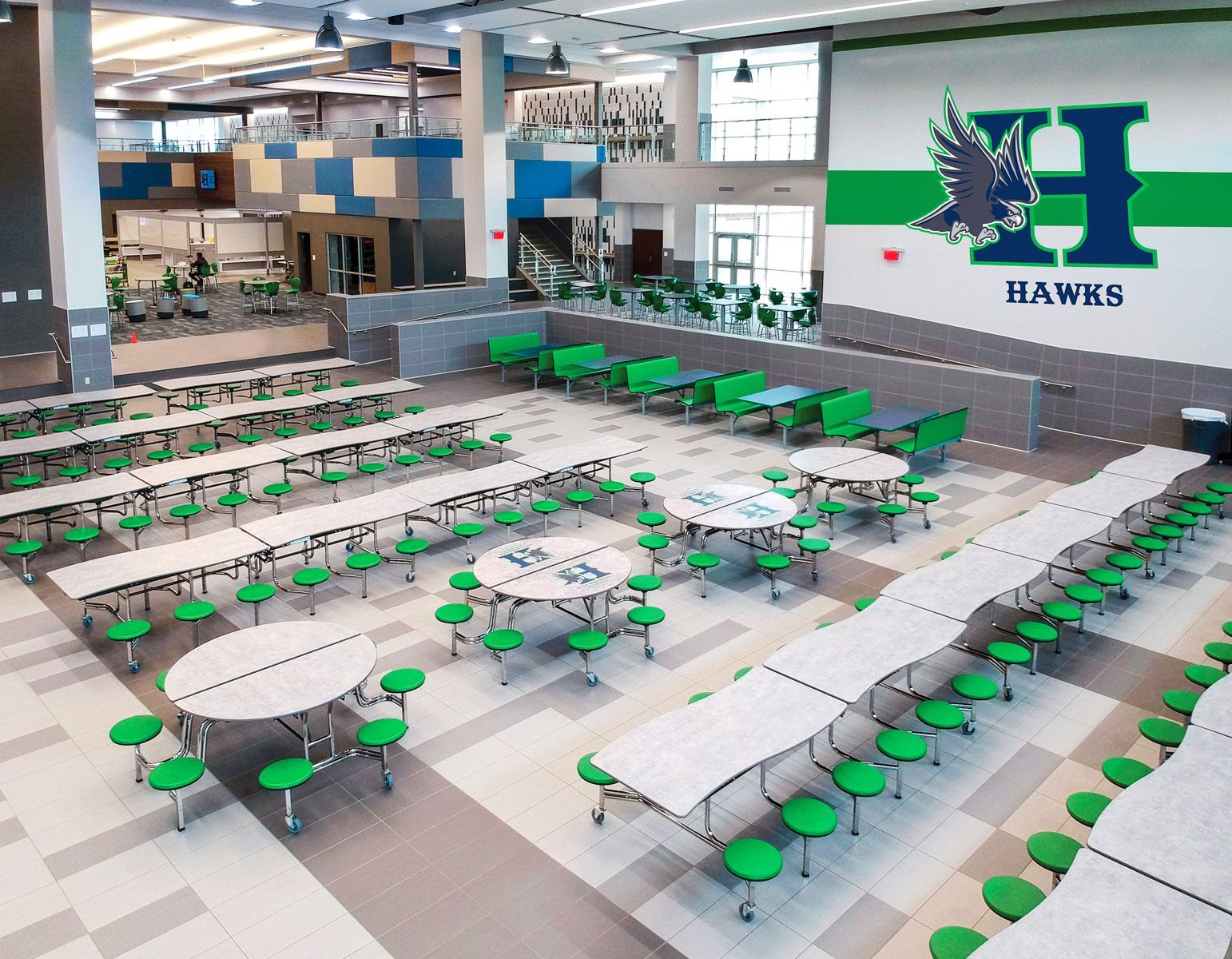Reimagining Outdoor Spaces is the Future of K-12 Education
For generations, recess and outdoor time were viewed as just a break from learning—an intermission between "real" lessons. But today’s schools are reimagining the outdoors not as an escape from learning, but as a vibrant extension of the classroom.

From dynamic play structures and outdoor classrooms to shaded seating and sensory-friendly zones, educational institutions across the country are transforming outdoor spaces to encourage movement, creativity, and connection.
Why Outdoor Learning Matters
Studies continue to reinforce what educators and students have long suspected—learning outside has significant academic and emotional benefits.
According to research from the American Institutes for Research, students in outdoor education programs improved their science scores by 27% compared to their peers in traditional indoor settings.
At 3 Oaks Resource Group, we believe that furniture, fixtures, and equipment (FF&E) can be the bridge between vision and reality—bringing these powerful outdoor spaces to life with thoughtful, durable, and student-focused designs.
Top Recommendations for Outdoor Learning Environments
1. Multi-Use Play Structures
Modern play spaces are more than slides and swings. Choose structures that encourage collaborative play, critical thinking, and physical development. Look for modular or themed sets that integrate climbing walls, imaginative elements, and inclusive features for all ability levels.
Design Tip: Select equipment made from weather-resistant, UV-protected materials that can withstand high use and varying climates.
2. Shaded Seating & Gathering Areas
Outdoor learning can’t happen if students are overheating or scrambling for shade. Integrate permanent or semi-permanent shaded structures with built-in seating or flexible tables that allow students and teachers to gather for instruction, lunch, or quiet time.
Design Tip: Choose powder-coated steel or treated wood benches and tables that resist rust and warping, with ADA-compliant designs to ensure accessibility.
3. Outdoor Classrooms
Outdoor classrooms, complete with whiteboards, chalkboard walls, and seating clusters, support a hands-on, inquiry-based learning model. These areas promote a love of learning and curiosity while reinforcing classroom content in a new setting.
Design Tip: Use movable seating and mobile teacher carts for flexibility. Raised garden beds and science stations can also integrate STEM learning outside.
4. Active Zones & Fitness Trails
Physical activity isn’t just for P.E.—it boosts brain function and focus across subjects. Outdoor fitness trails, agility courses, and marked activity stations turn green spaces into engaging kinesthetic learning zones.
Design Tip: Use ground markings (like hopscotch, math games, or storytelling circles) that support curriculum-integrated play and gross motor development.
5. Sensory-Friendly Spaces
Outdoor areas can be calming and centering—especially for students with sensory processing challenges. Install sensory pathways, water features, textured panels, and quiet nooks for self-regulation and emotional well-being.
Design Tip: Partner with an FF&E specialist to include inclusive features that offer both active and calming elements for all learners.
Outdoor learning has been linked to decreased stress, improved behavior, and increased student engagement—especially among younger children and those with special needs. The National Wildlife Federation reports that outdoor classrooms improve focus and physical health, while reducing symptoms of ADHD.
Partner with 3 Oaks Resource Group for Smarter Outdoor Spaces
Whether you’re redesigning a playground, adding an outdoor science garden, or building a full-scale outdoor classroom, 3 Oaks can help you imagine, source, and install the right equipment for lasting success. With access to over 125 trusted manufacturers and deep experience in educational FF&E, we provide everything from shaded structures to seating clusters—customized for your school, your climate, and your students’ needs.
Let’s transform your outdoor space into the next great classroom.
📞
Reach out today for a free consultation



